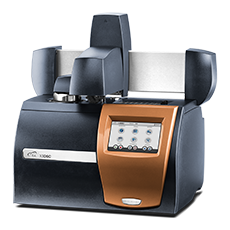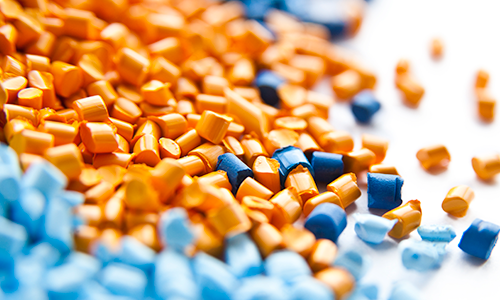What are Rheometry and Rheology?
Whether researchers are optimizing the texture of yogurt or studying adhesives’ curing, rheometry helps us understand materials and predict their behavior. Rheometry measures the amount of deformation a material or liquid undergoes when a force is applied. The combination of stress, strain and shear behavior forms the basis of rheology, the science of the deformation of materials.
Details












